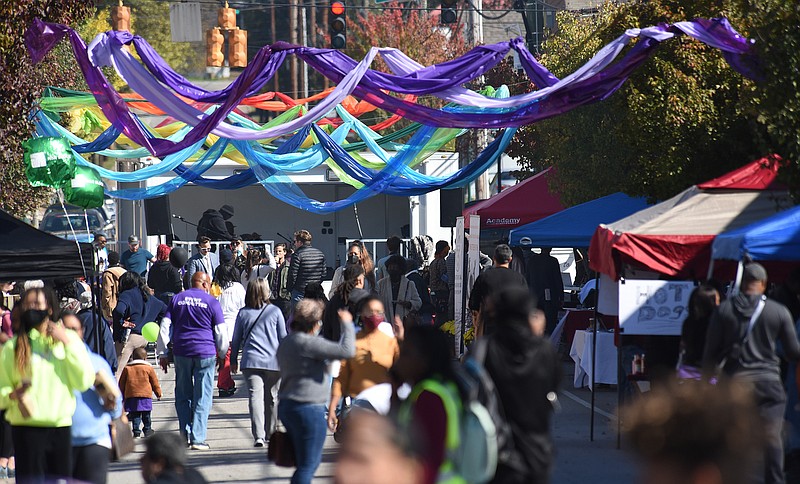The late Nipsey Hussle was many things to many people. A rapper. A father. An entrepreneur.
To me, he was a highly skilled practitioner of civic design and planning.
In addition to rapping and talent management, Nipsey invested heavily in brick-and-mortar retail in his native South Central Los Angeles city. His Marathon Clothing store opened on Crenshaw Boulevard in 2017. A year later, he had purchased the entire shopping center where the store was located with plans to make it available to other retail start-ups.
Where many conventional investors may have seen a deeply distressed and under-invested urban neighborhood, Nipsey saw opportunity: potential customers who craved goods and services, and hustlers like himself who wanted to reach them.
He built storefronts the same way he made songs and beats: by using scraps and shreds of existing material and remixing them into thrilling new compositions. In many of the urban communities that gave birth to hip hop, from Los Angeles to New York to the American south, people are adapting this same approach to real estate: taking existing elements of the built environment and breathing new life into them.
In the civic design world, we call this approach "new urbanism." It's a modern term for a traditional approach to how we plan and develop our communities. As the website for the Congress for the New Urbanism says, it focuses on "walkable blocks and streets, housing and shopping in close proximity, and accessible public spaces. In other words ... human-scaled urban design."
This kind of work is already happening, for instance, in Chattanooga's Glass Street neighborhood, where RISE Chattanooga has recently taken ownership of a former church and plans to install a maker space, commercial kitchen and studios. Across town, in the Oak Grove neighborhood, families that have immigrated to your city are creating opportunities to launch businesses, market their skills, and invest in themselves.
Too often, in too many cities, developers are guilty of coming into neighborhoods they know nothing about and disrupting them with projects that are out of alignment with that neighborhood's history and character -- or are simply unaffordable and inaccessible in myriad ways.
New urbanism -- the hip hop approach to real estate -- shows us a different model, built on ownership, experimentation, trust, and creativity. The approach can actually be a corrective to some of the ways that Black Americans have been prevented from amassing wealth.
Hip hop and new urbanism are all about tools: turntables and records, building permits and materials. I don't mean to suggest that this approach to civic design is a panacea. What I do believe is that when people of color take control of platforms for creation and distribution, and when they have tight feedback loops that keep them closely connected to their audiences, they can build something even better than beats or shops. They can begin to build businesses; they can begin to build legacies. This approach to city building -- iterative, experimental, attentive to the market -- opens a path to addressing deeper woes of chronic poverty and unemployment in minority neighborhoods.
My job at People Places is to empower everyone in my community to see themselves in this way: as placemakers and community anchors that keep their people at the center of all they do. As Nipsey himself famously said, "Instead of trying to build a brick wall, lay a brick every day." Start small. Dream big. Keep building.
LEARN MORE
Bruzenskey Bois will speak at the Chattanooga Design Studio’s CIVIQ lecture series at 5:30 p.m. at Waterhouse Pavilion on Thursday, Sept. 29, 2022. The event is free and open to the public.
Bruzenskey Bois is a community manager for People Places, a new urbanist real estate development company.
